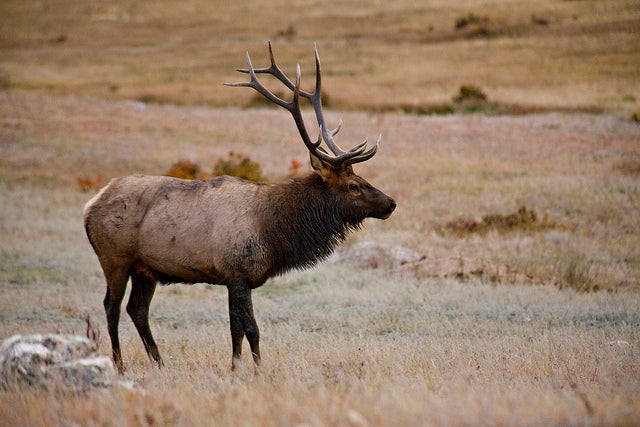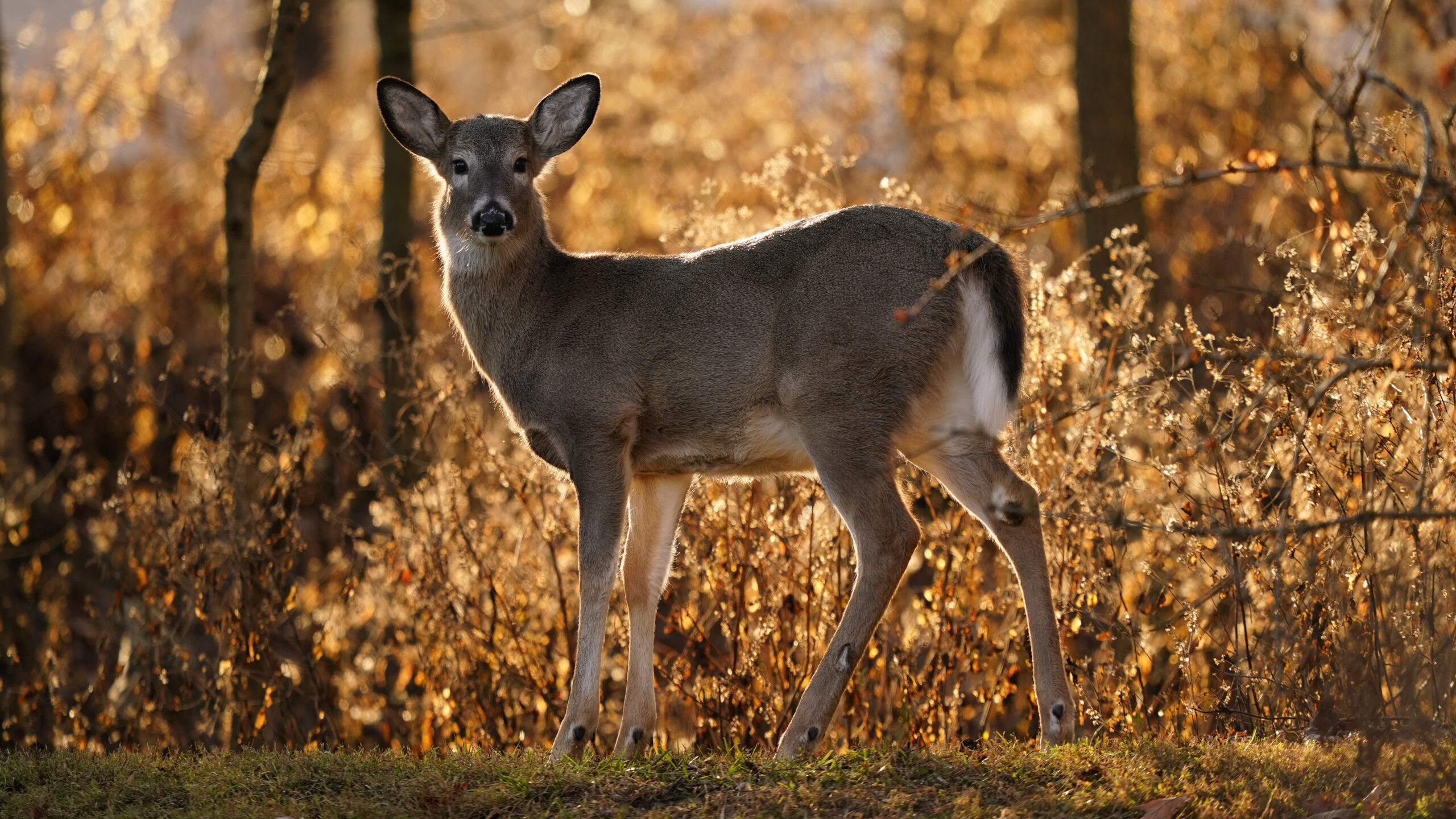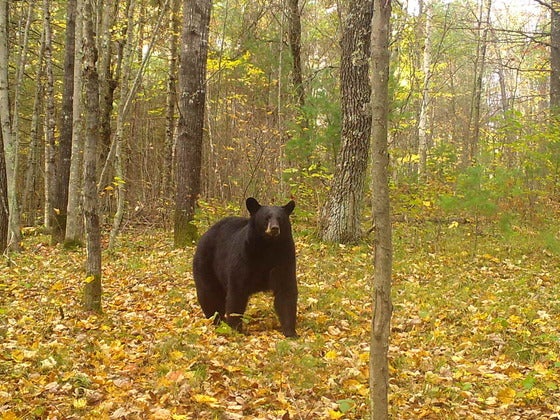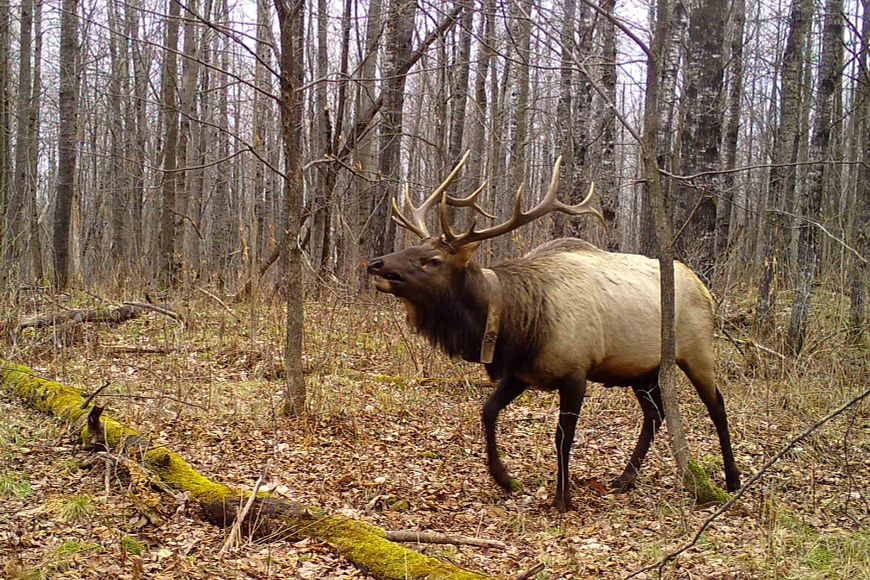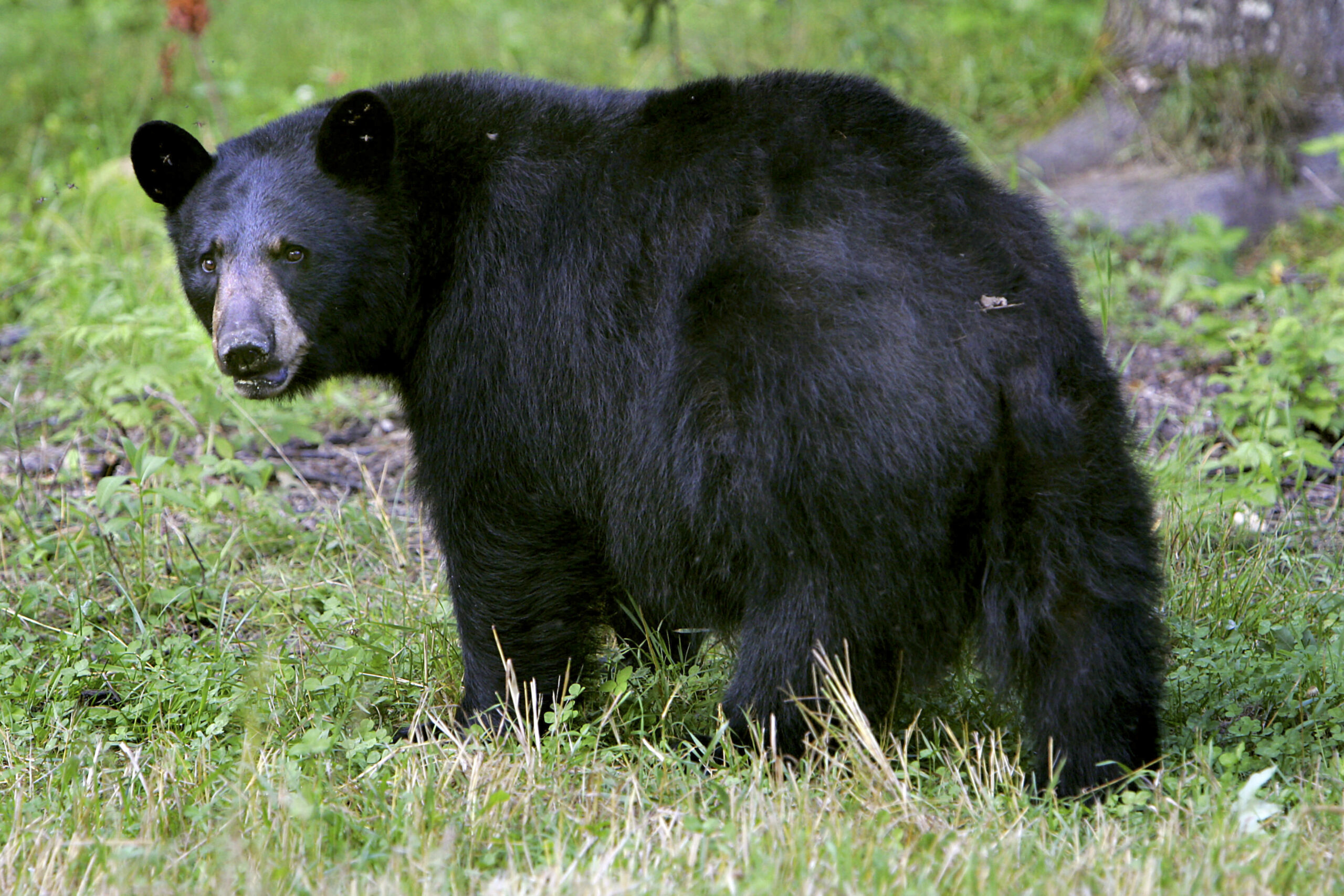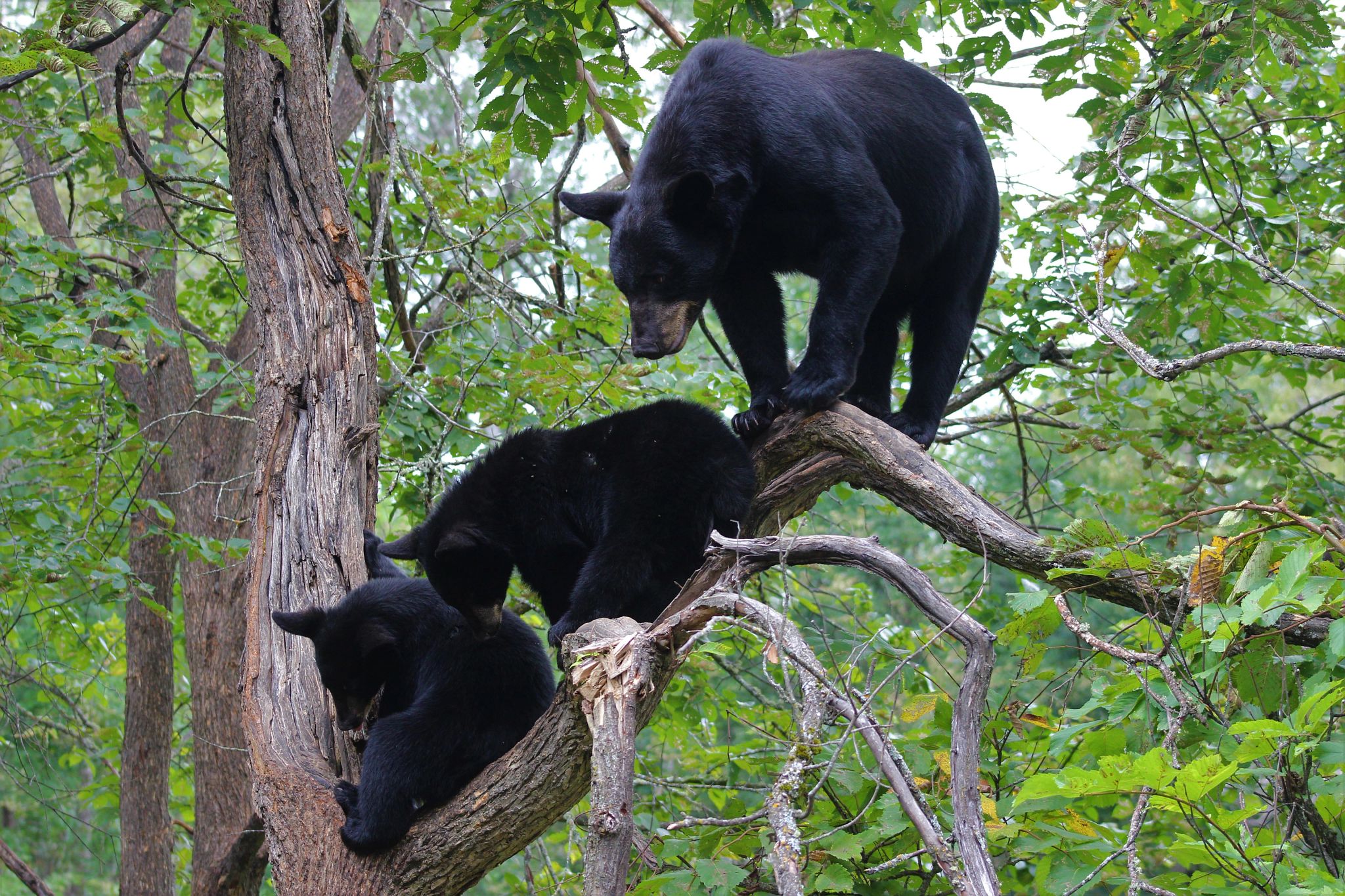More than 38,000 hunters have applied for a chance to get just four permits to hunt elk in far northern Wisconsin this fall.
In March the state Department of Natural Resources announced it would hold its first ever elk hunt in the Chequamegon-Nicolet National Forest this October.
The agency set a harvest of 10 bull elk from what is known as the Clam Lake Herd. Chippewa tribes will take half of the quota and one license will be raffled off by the Rocky Mountain Elk Foundation. The remaining four licenses will be awarded through a DNR drawing. DNR big game ecologist Kevin Wallenfang says nearly 38,500 applications came in during the month of May.
News with a little more humanity
WPR’s “Wisconsin Today” newsletter keeps you connected to the state you love without feeling overwhelmed. No paywall. No agenda. No corporate filter.
“There’s plenty of hunters from Wisconsin that go to western states to hunt elk and I think it’s just the excitement of having that same opportunity right here in Wisconsin,” said Wallenfang.
The 2018 Clam Lake elk hunt will run from Oct. 13 to Nov. 11 and again from Dec. 13 through Dec. 21. Hunters were charged $10 to apply for a chance at a bull-only license. The four licenses sold through the DNR will cost $45.
Wisconsin started reintroducing elk at Clam Lake in 1995. A second herd was started in the Black River State Forest in 2015 with elk from an exchange program with the Kentucky Department of Fish and Wildlife. Currently the DNR estimates there are between 50 and 60 elk there. Wallenfang says the hunt is stirring excitement about elk reintroduction efforts in northern and western Wisconsin.
“So, those populations are growing and as they grow we would anticipate that through the years we’re going to be able to offer more hunting opportunity for elk in the state,” said Wallenfang.
There currently aren’t any plans for a hunt of elk in the Black River Falls herd. Under previous rules a hunt wouldn’t be allowed until it reached a population goal of 150 animals but the DNR proposed a rule change last October that allowed the agency to establish hunting seasons based on best available science and population data rather than a fixed number.
Wisconsin Public Radio, © Copyright 2025, Board of Regents of the University of Wisconsin System and Wisconsin Educational Communications Board.

